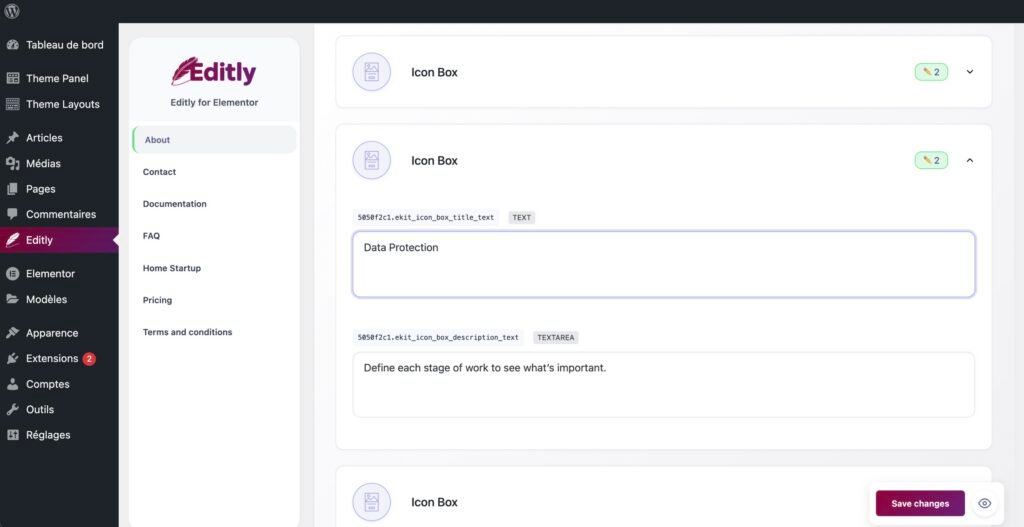Elementor vs Gutenberg for client content editing: what works best?
When building a WordPress website for a client, choosing the right editing experience is critical. It’s not just about page speed or visual appeal — it’s about how safely and easily the client can make updates once the project is live.
For content editing, two dominant options stand out: Elementor, the visual page builder, and Gutenberg, WordPress’s native block editor. But which one offers the best experience for non-technical users? Let’s break it down.
Elementor: Beautiful and powerful — but a double-edged sword
Elementor is incredibly popular for a reason. It enables designers to create stunning, responsive pages with fine control over spacing, typography, and layout. But when handed over to a client…
- ✅ Pro: Intuitive drag-and-drop interface (for trained users)
- ✅ Pro: WYSIWYG editing with rich style options
- ❌ Con: Easy to break layouts accidentally
- ❌ Con: Long loading times inside the editor
- ❌ Con: Not ideal for editing on mobile or low-spec devices
Giving Elementor access to a client is like handing them the keys to a Ferrari… with no driving lessons. It works, but there’s a risk.
Gutenberg: Cleaner, faster — but less flexible
As WordPress’s default editor, Gutenberg is improving steadily. For simple blog posts, service pages, or product descriptions, it’s often a safer bet for clients.
- ✅ Pro: Lightweight and native to WordPress
- ✅ Pro: Structured content blocks with clean UI
- ❌ Con: Limited design flexibility (without theme support)
- ❌ Con: No visual editing of complex layouts
- ❌ Con: Can be confusing for non-tech clients unfamiliar with block logic
Gutenberg is safer, but not necessarily more empowering. And it won’t reflect the actual page design if you’re using Elementor on the front-end.
So… which one should you let your client use?
It depends on the project. If your site is built 100% in Gutenberg, and your client only needs basic updates — Gutenberg is enough. If your layout relies on Elementor, giving access to Gutenberg can be misleading.
But in most real-world cases, neither editor is truly ideal for the client. Why?
- They don’t know what to touch (or what to avoid)
- They don’t want to “break anything”
- They just want to change a text, update a button, tweak a headline
Meet the invisible editor: a safer way to update content
If you want to offer your clients a simpler, safer editing workflow — without sacrificing design control — you can now use a third path: Editly.

Editly lets clients edit text content from the WordPress backend, without touching Gutenberg or Elementor. They see a list of texts per page — nothing more. No widgets, no layout confusion, no risk.
- Perfect for SEO teams, copywriters, and non-tech clients
- Respects roles and permissions
- Works with Elementor — even on complex layouts
- No frontend editing needed
Think of it as Gutenberg-level safety with Elementor-level flexibility — but without the learning curve.
Final thoughts
There’s no one-size-fits-all answer. But if you build in Elementor, and your client just needs to update content, Editly offers a modern, stress-free alternative to giving them direct editor access.
Keep your layout safe. Let your client move fast. Everyone wins.
